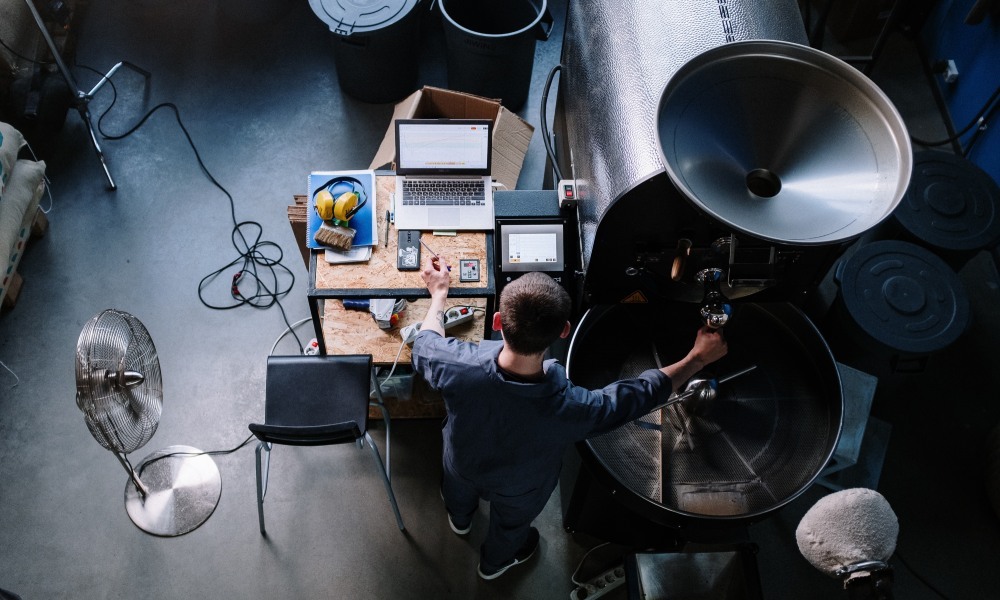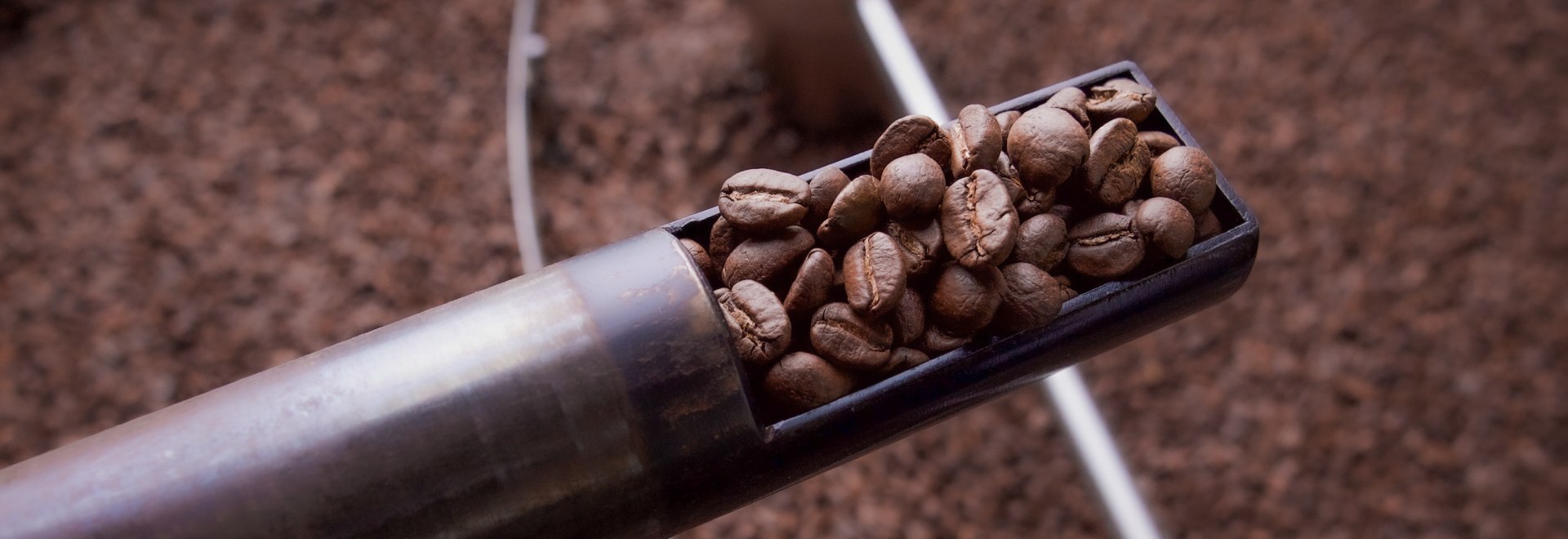How is the energy crisis affecting coffee roasters?
The global energy crisis continues to affect businesses. Ashe Samuels talks with Dan Webber to explore how it is affecting coffee roasters, and how addressing carbon emissions goes hand-in-hand with saving costs.
Rising energy costs are an ongoing challenge for businesses, and coffee roasters aren’t exempt from this.
If they weren’t already, roasters are now being forced to scrutinise their energy outputs and take proactive measures to mitigate any issues caused by an ongoing fuel crisis.
Coffee roasting is one of the most energy-intensive stages in coffee production. It contributes approximately 15% of the industry’s total carbon emissions.
This figure specifically applies to gas-burning roasters, which use a single-pass system where fresh air is heated to roast the coffee and then released as exhaust through ventilation stacks.
Despite significant advancements in roasting technology, many businesses continue to rely on gas-burning machines, contributing to the high energy output and carbon emissions of the sector.
Beyond the actual roasting process, the packaging and shipping involved with roasting coffee also incur high costs, as well as high emissions.
“We have other things we do in the production process such as packing and sealing bags, then shipping that coffee out as well – all of these things do have emissions,” says Dan Webber, founder of Chimney Fire Coffee.
“There are two sides to it, the production process and shipping. It’s about trying to find ways to reduce our CO2 emissions in each of those stages.”

Minimising energy consumption is more important than ever
Coffee roasters are already in a precarious position. Global coffee prices have come down, but are still high compared to 2020 and early 2021. Other costs are rising, supply imbalances elsewhere continue to affect the entire industry, and the Russo-Ukrainian War continues to create logistical problems for coffee sourcing and purchasing.
Furthermore, growing consumer awareness in the industry is placing the spotlight on coffee roasters. While attention has primarily been directed towards brick and mortar coffee shops, customers are now increasingly asking questions of the industry’s roasters. In response, many businesses are taking additional steps to position themselves as environmentally-friendly brands.
“We are based on a vineyard, so any waste goes right onto the coffee vines – it’s a nice reuse,” Dan says. “One thing we’re looking at is having an electric van for our local wholesale partners to collect the waste from them. As we deliver, we collect their coffee waste and bring it back to the vineyard. It’s a case of going full circle.”
Ultimately, there are more reasons than ever for coffee roasters to reduce their emissions. As people look more closely and financial pressures continue to mount, the impetus to minimise energy consumption has never been stronger.
While these challenges may be enough to deter some from entering the industry, Dan takes a different perspective. He suggests approaching these problems at scale presents opportunities to integrate environmentally-friendly and cost-effective solutions into their operations.
“As we’ve upscaled, grown in capacity and increased our size from 15 to a 30kg roaster, the actual tools and the way the roastery is built has improved over time,” he says. “We’ve added things like an afterburner which helps reduce emissions from the smoke and anything else that comes out of the roasting process.”

What can coffee roasters do?
To tackle the issues of rising energy costs, coffee roasters should prioritise equipment decisions based on energy efficiency.
Modern roasters are designed with a focus on maintaining high levels of efficiency. For businesses using older gas-burning machines, a switch to newer electric roasters could reduce costs and emissions in the long run.
“Manufacturers have done a lot of work to improve roasters,” says Dan. “It’s more energy efficient. We’ll heat our roaster for a bit of time before we start roasting and it really holds a lot of energy and heat.
“We have roast profiling software and we can use only 5% gas for 80% of the roast time, so we’ll roast a lot by using the airflow and heat generated within the roaster.”
Efficient heat retention and recirculation techniques are also big talking points for coffee roasters. In traditional machines, the air used for roasting coffee is expelled as waste after each cycle. However, roasters equipped with recirculation systems have the ability to reuse the hot air. In this system, waste products like exhaust gases, chaff, and smoke are removed, and the purified hot air is then reintroduced into the drum or roasting chamber for the next batch.
By implementing these systems, roasters can maximise the heat generated throughout the process, reducing the need for additional energy consumption. This not only lessens the environmental impact but also offers potential cost savings for coffee roasters.
In spite of this, rising costs and higher energy bills are inevitably a challenge coffee roasters will continue to face. In this context, many may consider passing on these costs to consumers through higher prices.
However, Dan holds a different opinion – advocating for businesses to take internal measures to address these challenges.
“You can’t pass everything onto the consumer,” he says. “You can’t expect people to cover the cost of everything. We should find other ways of mitigating those increases in costs. There are ways of doing this within the business.”
It appears roasters face a choice: address rising costs internally or pass them on to the consumer. In most cases, an approach that combines both solutions could be the best way forward. What is certain is that roasters need to start implementing energy and cost-saving measures now – and insulate themselves if this trend worsens in the future.







